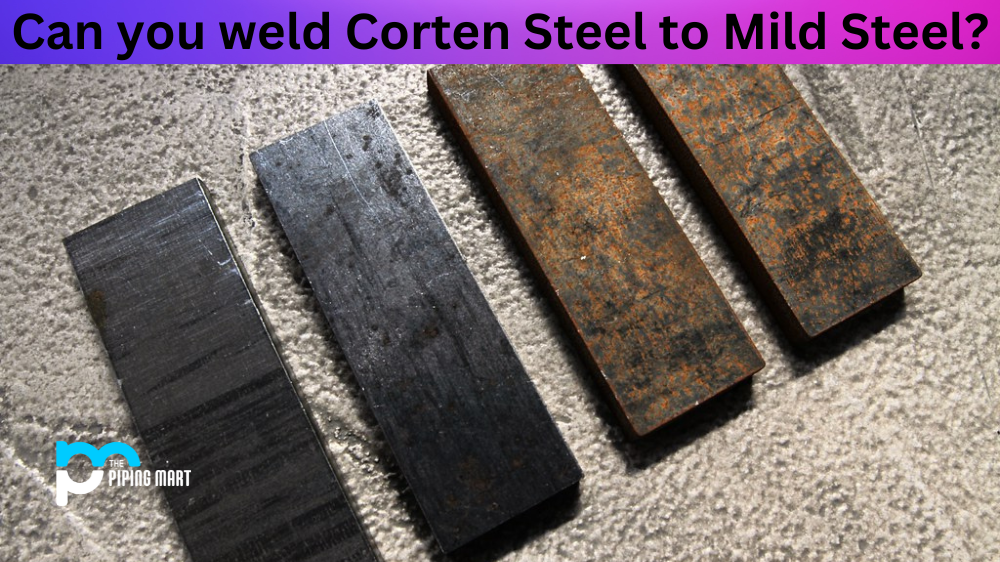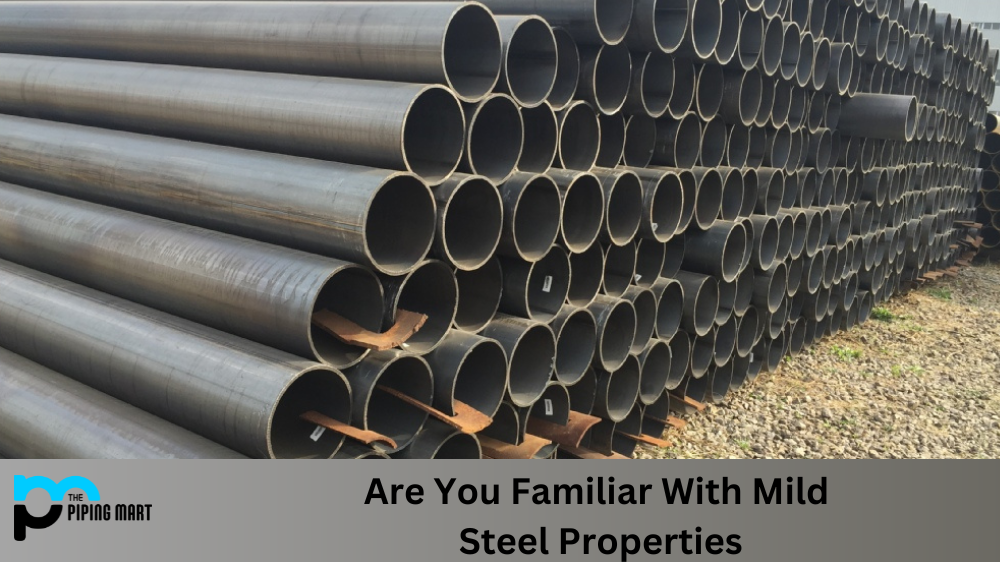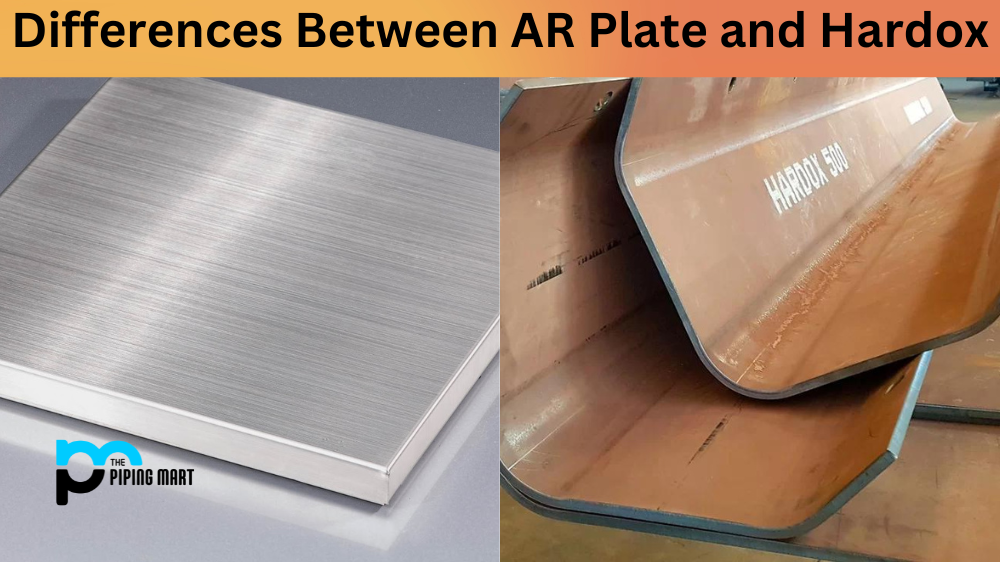If you’re working on a steel project that requires removing the zinc plating, you’ve come to the right place! There are plenty of ways to remove zinc plating from steel, but it’s important to understand the process before you get started. Removing zinc is essential to re-plate with a different finish or use another type of coating. Let’s dive into all the steps in eliminating zinc plating from steel. The Steps to Remove Zinc Plating
Step 1
The first step in removing zinc plating is prepping your steel project by cleaning it. This means using an industrial degreaser or detergent and hot water to scrub away any dirt, grime, rust, etc., that could be present on the surface. Once your project is clean and dry, you can begin the removal process.
Step 2
Next, you’ll need to heat your project until it reaches about 500°F (260°C). You can do this with a blow torch or other heating device. Then you will use a chemical remover such as sulfuric acid or sodium hydroxide to dissolve the zinc plating from your project’s surface. It’s important not to let the chemicals come into contact with any other metal parts of your project, as they may also damage those pieces. Once you have applied the chemical remover and are allowed enough time to work its magic (about 30 minutes), rinse any remaining residue with hot water, soap, or baking soda solution. Finally, repeat this process if needed depending on how much residue remains after each application of chemical remover.
Step 3
The last step in this process is neutralizing any leftover acid or alkaline solutions that may still be present on your project’s surface with either baking soda or vinegar (depending on which chemical remover was used). This will ensure that no corrosive materials are left behind after removing zinc plating from steel projects.
Conclusion:
Removing zinc plating from steel projects is not always easy, but it can be done! It takes patience and know-how, but following these steps should help ensure that your finished product looks its best! Always wear safety gear when handling chemicals like sulfuric acid or sodium hydroxide, as they can be dangerous if not handled correctly. With these tips in mind, you’re ready for all your future metal projects! Good luck!

Hey, I’m Krutik, a casual blogger expert in the metal industry. I am passionate about providing valuable information to my readers. With a background in engineering and construction, I like playing Cricket & watching Netflix shows in my free time. Thank you for visiting my blog, and I hope you find my information helpful!




